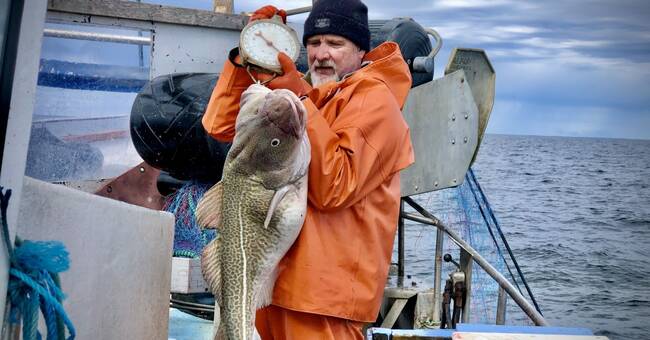Today, only a remnant of the Baltic Sea's eastern cod stock remains, and since a year and a half ago, there has been a total stop to cod fishing in the Baltic Sea.
- We see above all that there is a shortage of large cod, which is bad for the stock because the large individuals are responsible for most of the reproduction and are important for the ecosystem, says Ulf Bergström, researcher at SLU.
The Åland Sea may have its own stock
In the southern Baltic Sea, there is no longer enough oxygen in several of the places where cod used to spawn.
But in the Åland Sea there is plenty of deep, cold and oxygen-rich water that the cod thrive in. The researchers, on the other hand, have thought that the salinity in the Åland Sea is too low for the cod to be able to lay their rum and multiply.
Javascript is disabled
Javascript must be turned on to play video
Read more about browser support
The browser is not supported
SVT does not support playback in your browser.
We therefore recommend that you switch to another browser.
Read more about browser support
Ulf Bergström, expert at SLU.
Now the researchers want to find out, among other things, whether the cod in the Åland Sea is its own stock that has adapted to the lower salinity.
Therefore, the fishermen in Grisslehamn and Öregrund have therefore received permission to fish for research purposes and the catch is reported to SLU.
- By letting them fish in the same way, we can compare the catches and get an idea of how the stock has developed, says Ulf Bergström.
In the video, we follow the fisherman Dick Tillberg out on the Åland Sea and see what the fish looks like

